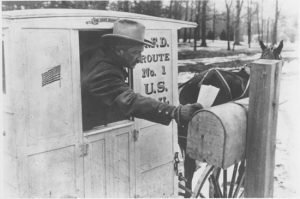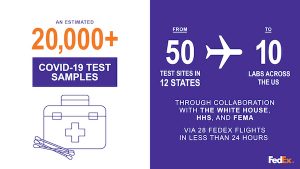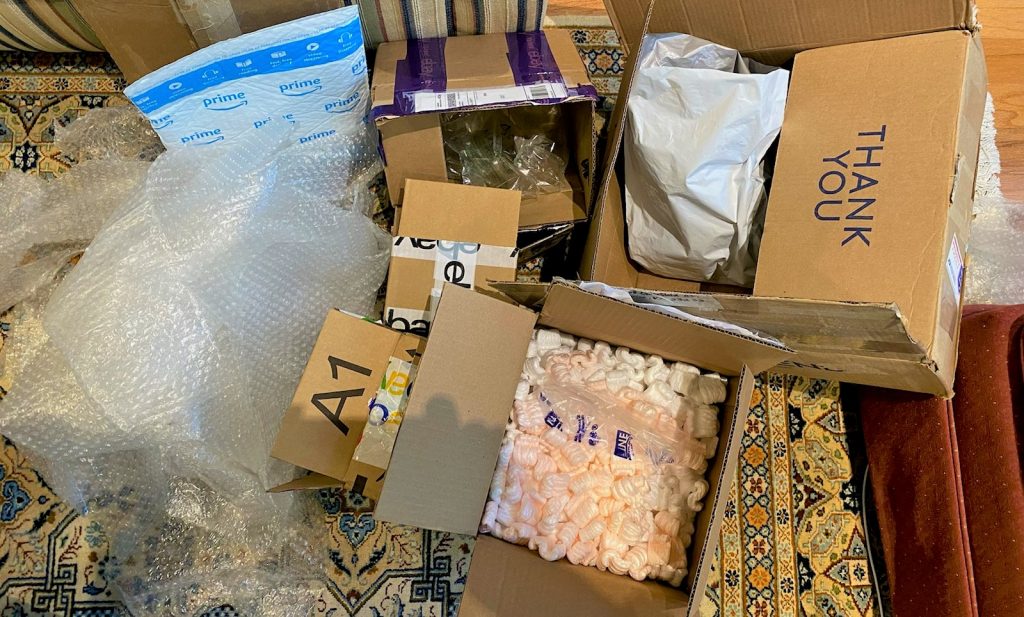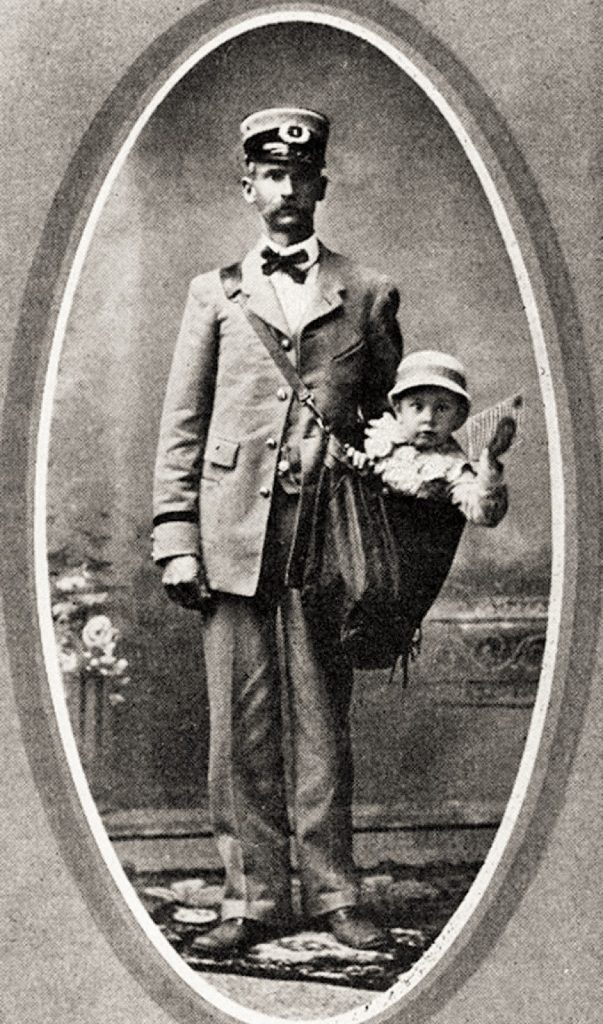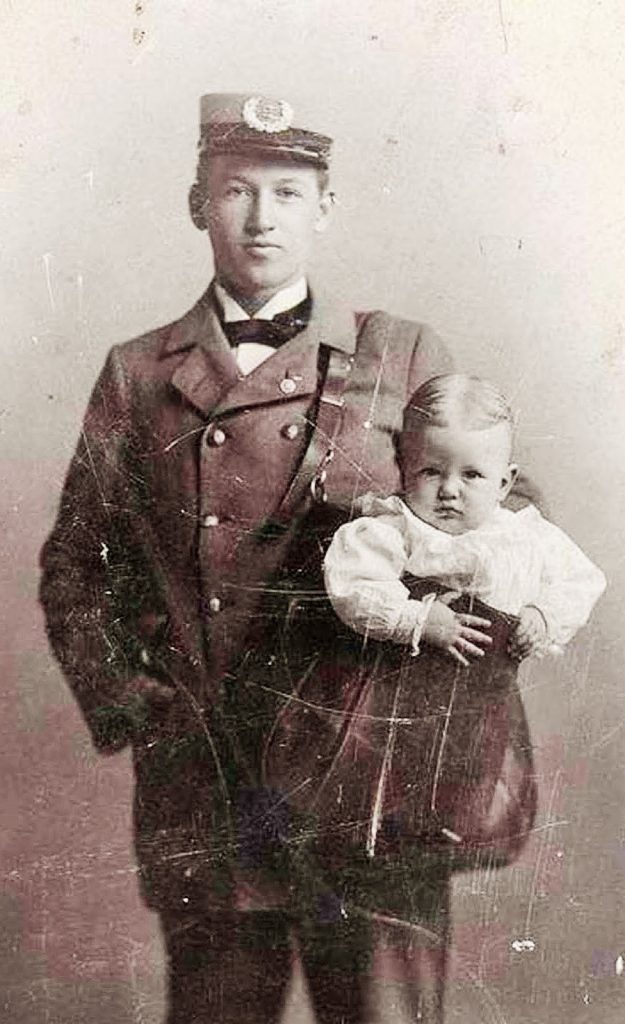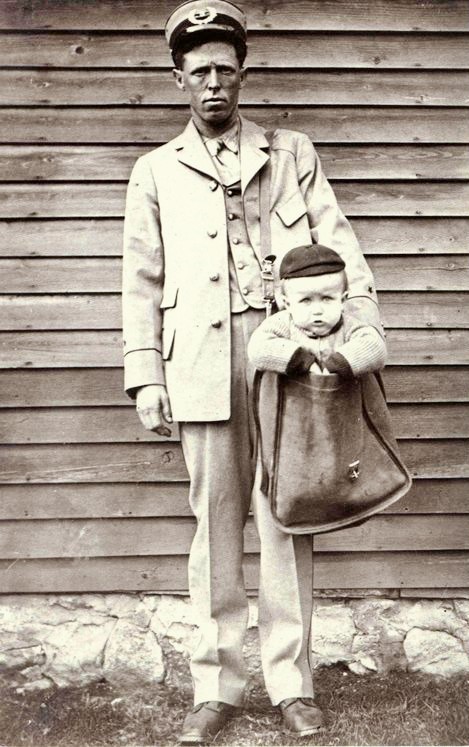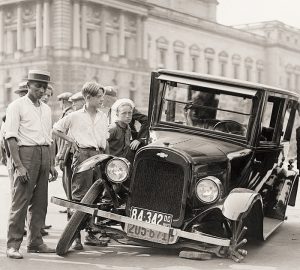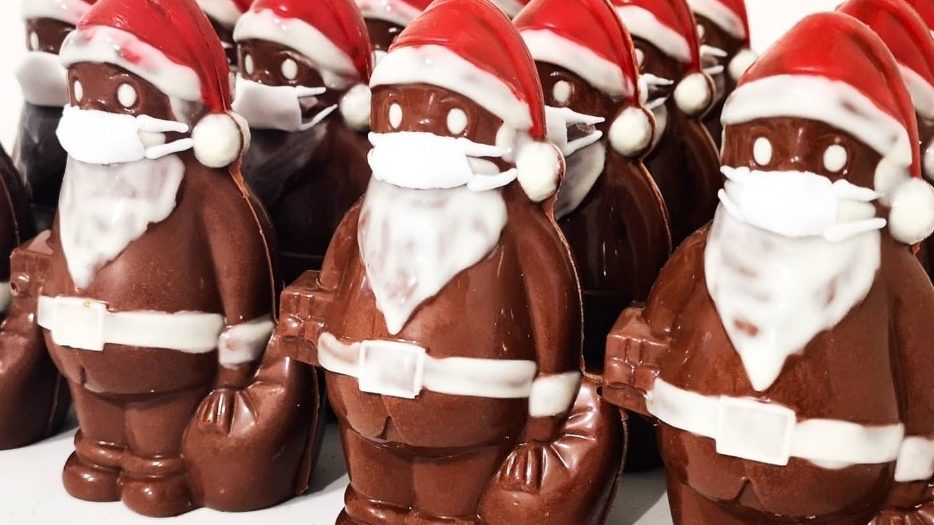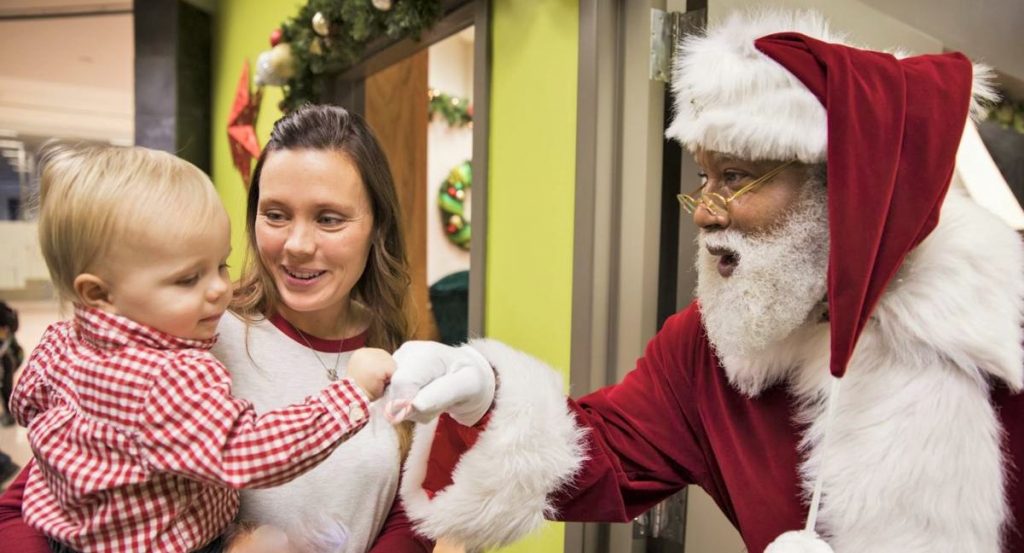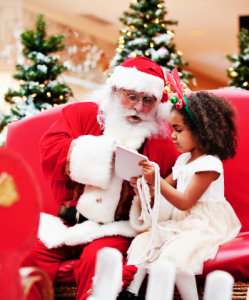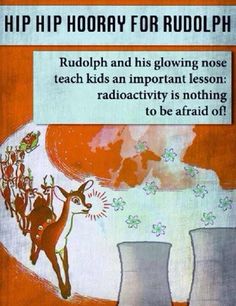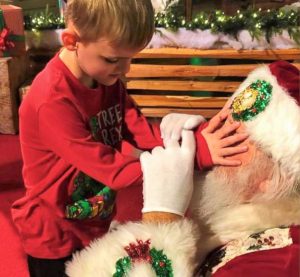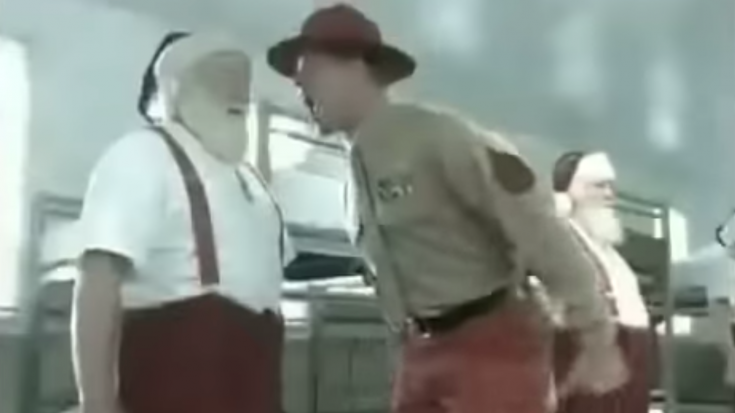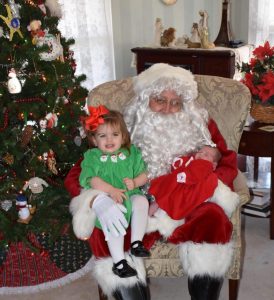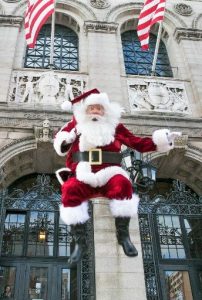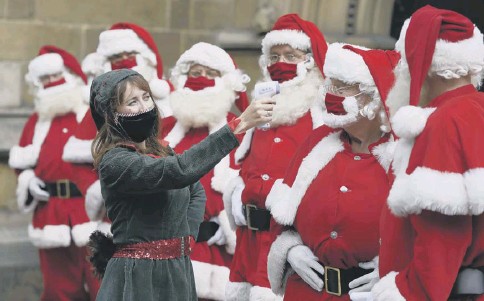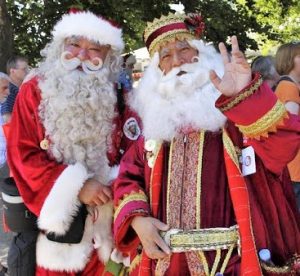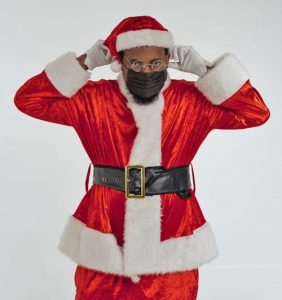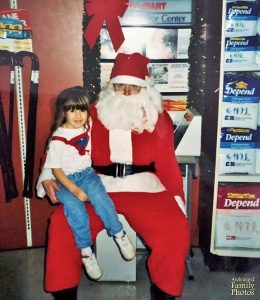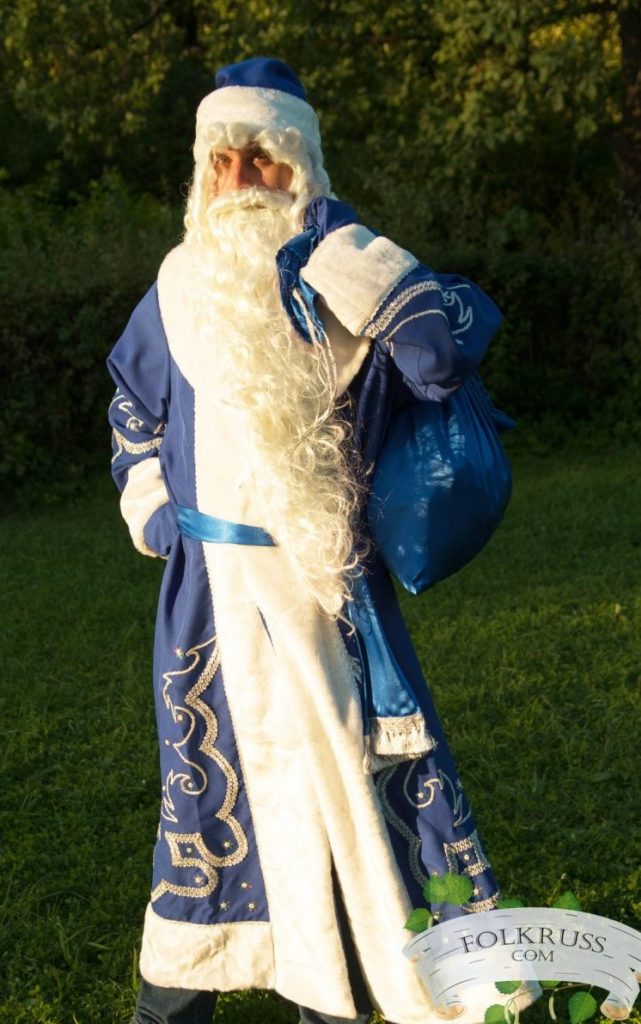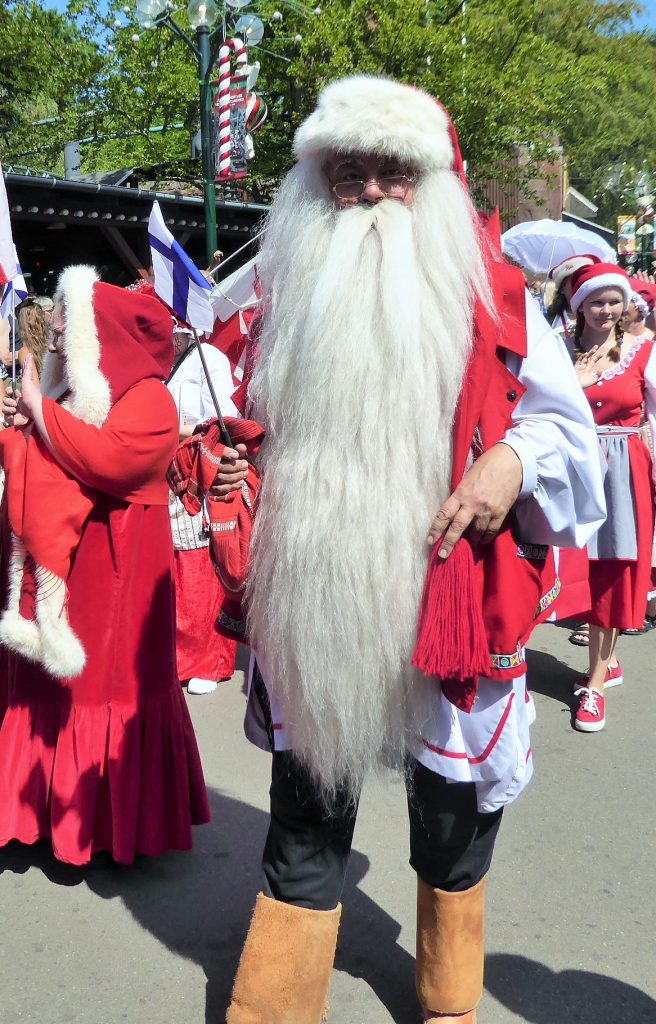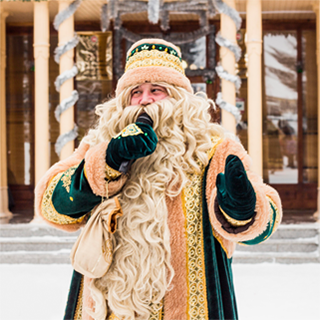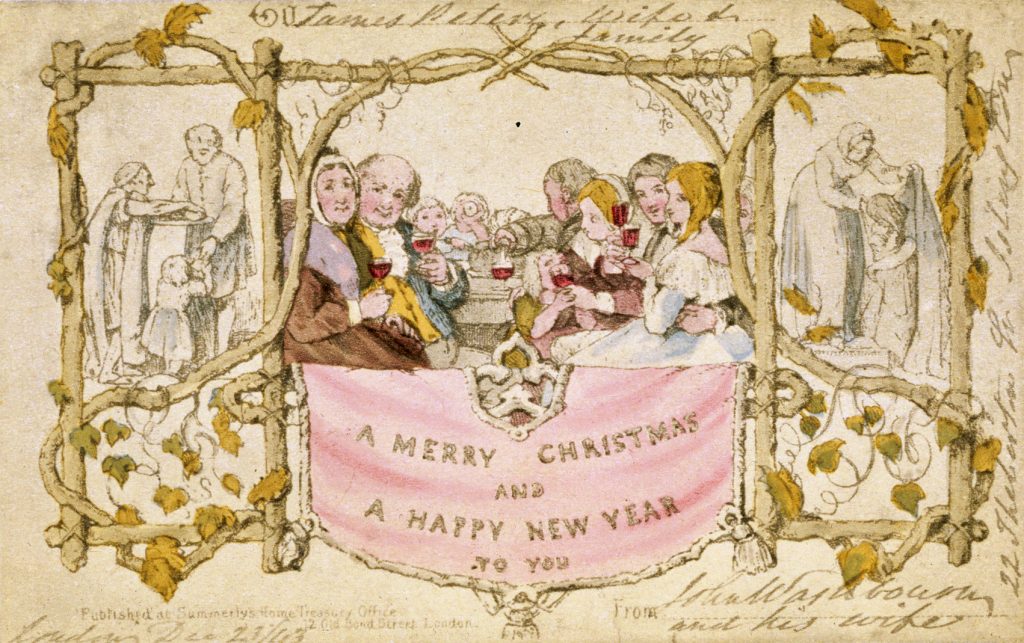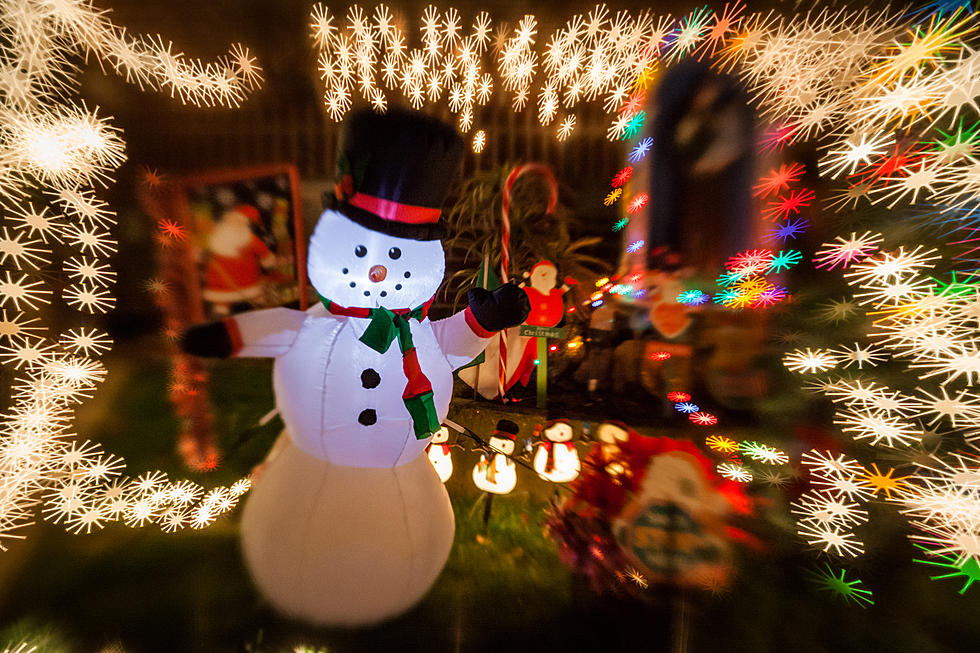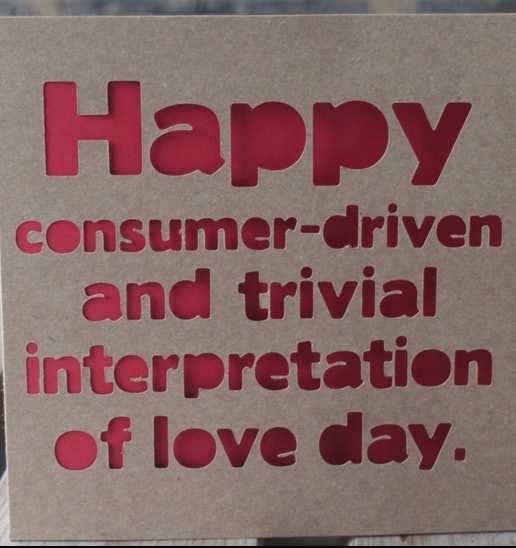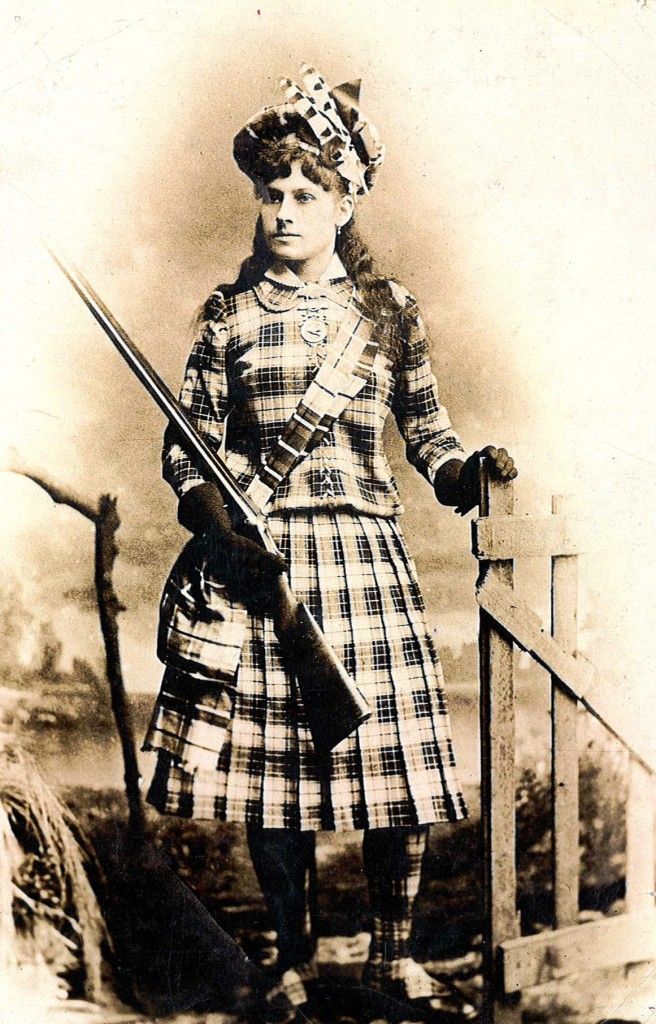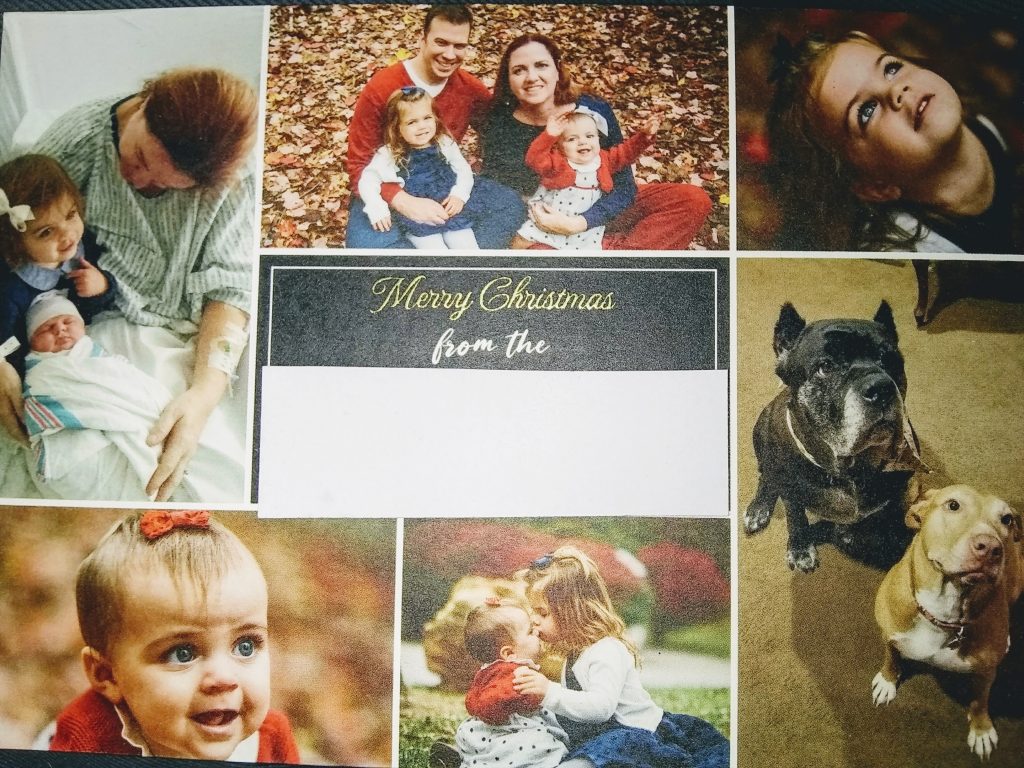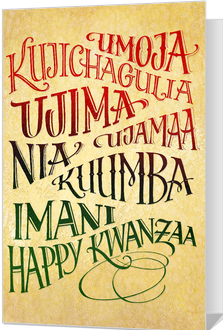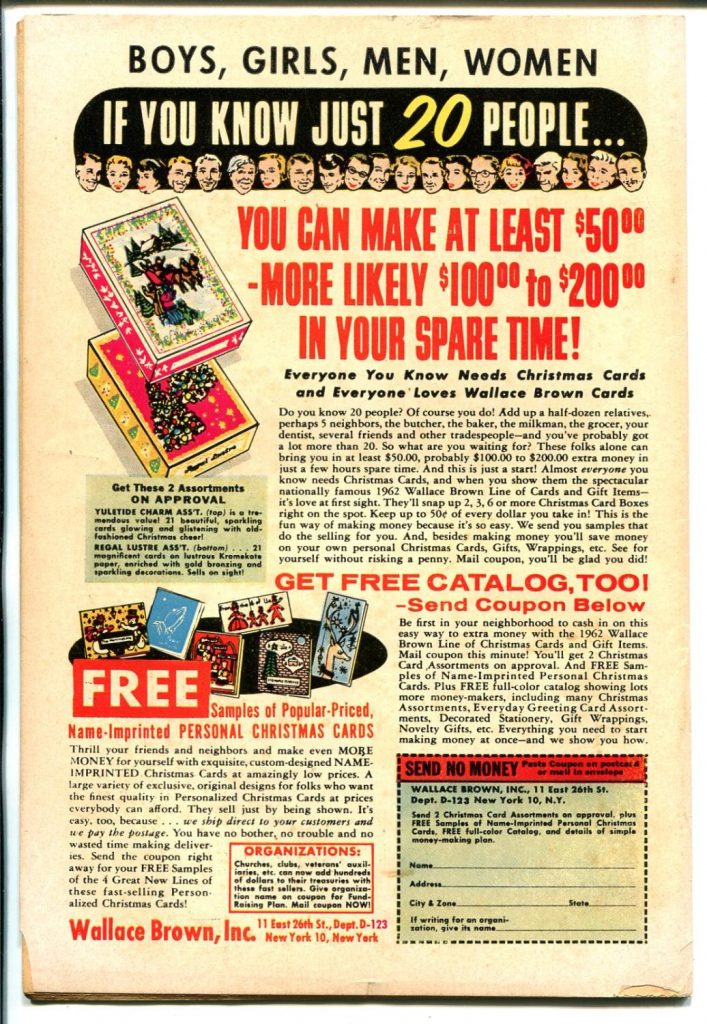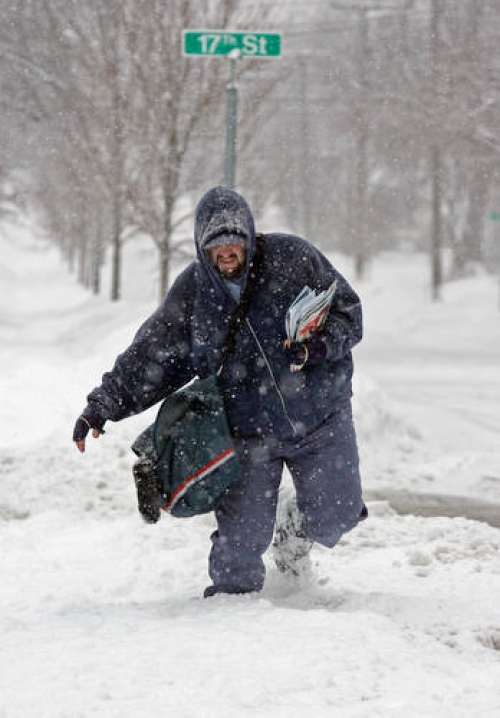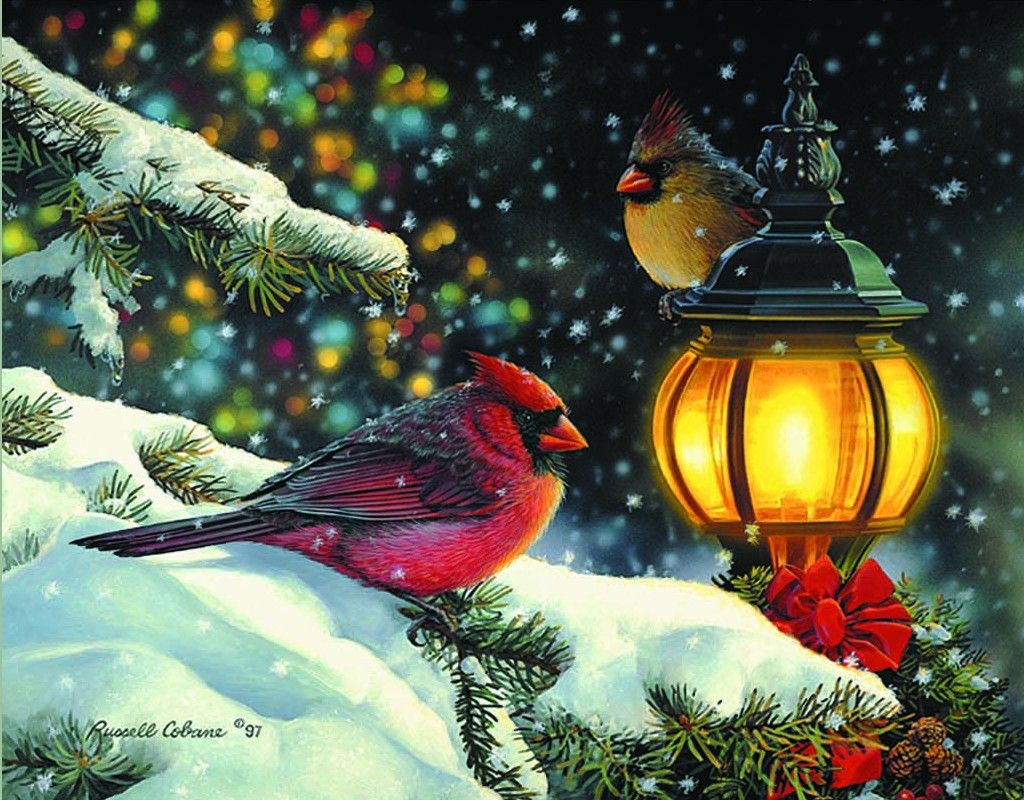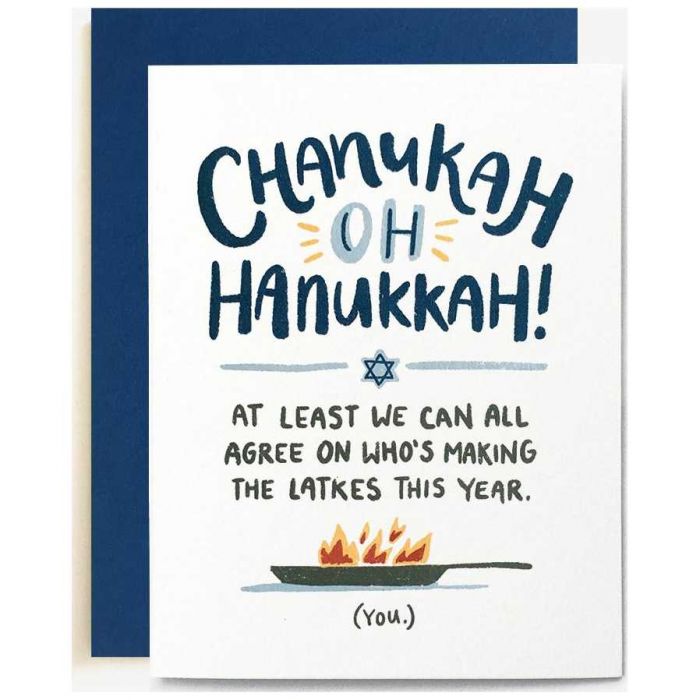A week ago, I wrote about all the packages that hadn’t arrived before Christmas. Well, as 2021 began, the backlog continued. Again, drawing from my circle of family and friends, the waiting continued.
. .
LJ: I’m SO frustrated. We mailed a box of gifts to Virginia on December 7. It sat in Cuyahoga Falls [Ohio] PO till December 15 before it arrived 7 miles away in Akron regional distribution center, arriving on December 17. It has been sitting there since, no movement shown in the tracking system! I know all the problems they have been having this year, but what is going on now? It only needs to get to Fredericksburg now. Just a little farther…
. .
NP: We’ve had the same problem here. A package G was expecting sat 10(!) miles from our house for more than a week.
. .
KC: My box is still in Akron. No movement. The cookies are stale.
. .
TB: Me too, L! I hope EL finally got hers.
DA: BTW—we were not nearly as happy with UPS & FedEx. Several packages were randomly tossed “somewhere” in the vicinity of the house. One package (of nice chocolates) sat for a day and a half out in the rain before the meter man saw it & alerted us.
LJ: MJ had a photo of a package he sent to his sister in Buffalo. The Amazon guy left it in the snow. M got the delivery photo notice and he sent it to his sister. If they can’t get up to the house because of heavy snow, delivery people should have some way of notifying the recipient. At least Amazon’s photos help with that.
TB: Our son’s pkg took almost 3 weeks from Oregon [to Ohio].
LJ: Weird, since the packages I sent to Florida and Memphis arrived at their destinations in time for Christmas with time to spare. Only my East and West destinations were screwed up. Arizona made it yesterday and Virginia is the one still traveling. That was the shortest journey by road mileage.
LJ: Mine is still at Dulles in Virginia; this is the 31st day. It needs to get to Fredericksburg. I’m happy you got yours before the New Year, however.
KC: I received a message on Dec 20 that my package was to be delivered Dec 3! It arrived on the 22nd!
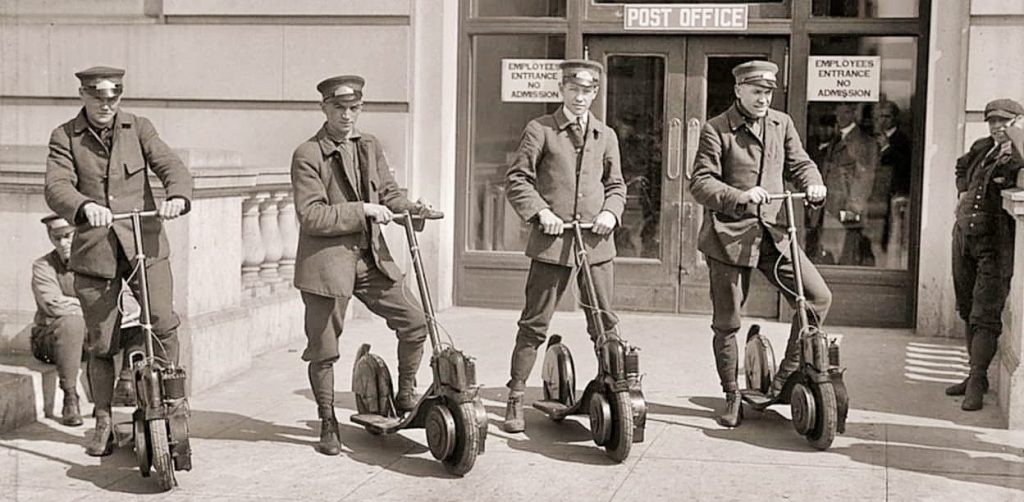
MH: I think Ohio is the problem! D had an order for pants from LLBean and there were in the center near Columbus for a month! It wasn’t a Christmas present so it didn’t matter. We didn’t realize so many people were having this problem. In Ohio’s defense, I’m sure the diversion of trucks for vaccine delivery and the major storms were a factor.
LJ: There is something wrong with the Ohio to Virginia connection.
SB: Yup, still waiting for mine. Jan 6th now.
DM: My friend ordered a Christmas present for her husband on 12/2 and by 1/4 it still hadn’t arrived!
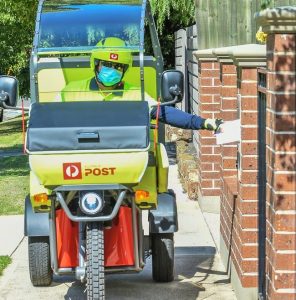
DA: We must be the only people alive who had no (zero, null, nada) problems with package delivery. Our mailings to California, New Jersey, and Boston were delivered exactly when the tracking said they’d be. On the other hand, “normal” mail is quite another thing: no regular magazine deliveries (New Yorker, etc.), one priority mail that was sent from Hiram to our Hiram PO Box (for $3.80) took seven days. (Simply bizarre.) Not a single package or card from Europe has arrived yet—but Australian mail has exceeded all expectations. Tell me it’s not a plan to destroy the USPS so that it can be privatized….
[You may recall that in my blog about the Great Delivery Debacle posted 12/29, I offered three possible explanations—other than sheer overload—but an effort to privatize wasn’t one of them!]
Since January 1, a dam seems to have broken—but still no rhyme or reason I can find!
January 2-4, I received 11 packages, everything from nutritional supplements to a present I’d ordered to give as a present. Saturday and yesterday packages were delivered morning and afternoon.
Because you must be waiting with bated breath to know about the package from my sister, I won’t keep you in suspense: box of presents she mailed in Lancaster, OH, 12/11, arrived Saturday, 1/2! I was sorry to see that she had paid $20.40 for priority shipping!
Similarly, a standard 8.5X11-inch family calendar mailed from Massachusetts, $9.90 for two-day delivery, arrived after 5 days.
The other packages, mailed from all over the country between December 18 and 28, all arrived together. I noticed that two from Florida on the same day, one priority and one first class arrived together.
Surprise, shock, and awe! An item scheduled for delivery on January 6 arrived January 4!
(from rarehistoricalphotos.com)
There is a method to all of this madness… sort of. Several factors combined this year to delay mail and package delivery schedules in every company. The various delivery services—US Postal Service, FedEx, UPS, Amazon, and others—often work together to carry goods to their destinations.
In particular, the Post Office is often responsible for delivering mail to individual residences in less populated areas, regardless of which company began the shipping. This means that a delay in any of the delivery services almost always ripples out.
Holiday delivery surges happen every year, but this year was extra special! You may remember some disruptions in US mail services from this past year, highlighted again at election time. Many of those disruptions are still in place.
Sorting equipment that was removed and destroyed has not been replaced. Delivery trucks have not been serviced and so have broken down. Employees are still exposed to COVID, and many are sick or have passed away.
Kim Frum, a senior public relations representative for USPS, released a statement that read, in part, “While every year the Postal Service carefully plans for peak holiday season, a historic record of holiday volume compounded by a temporary employee shortage due to the COVID-19 surge, and capacity challenges with airlifts and trucking for moving this historic volume of mail are leading to temporary delays.”
Employees at Amazon, FedEx, DHL, Hermes, and UPS also interact regularly with the public and thus are exposed to increased risk of COVID. International service has been disrupted because of travel restrictions. Everyone is dealing with increased volumes because people are ordering things online to comply with quarantine orders.
. .
The madness comes from playing Russian roulette with your packages. Will your box be the one in the back corner of the truck? Will your letter be the one that won’t fit in the bag and has to be left for the next round? Will your parcel be the one that hasn’t been sorted by the end of the shift and must stay in the warehouse until tomorrow? Most chancy of all: whose mail will that shifty new guy take to the TV studio with him?
. .
Bottom line: I’m waiting to see what the new mailing normal will be.



